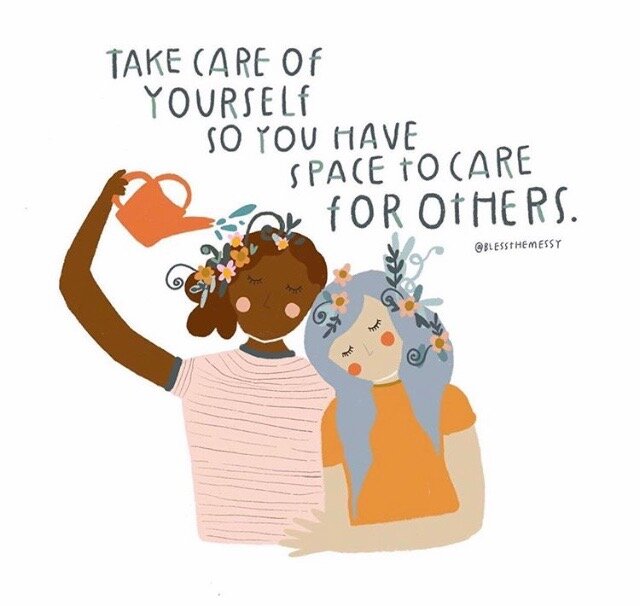This story is part of a longer article titled What Abortion in America Looks Like Right Now published in The Cut.
I had my first abortion in San Antonio when I was still in college. I told my mother — she was very pro-choice — and she took me to her gynecologist. It was stressful, but it was easy. It was done by someone we’d known pretty much my whole life. He was very respectful. And it was all covered by her insurance. There wasn’t any regulation that impacted me at that time.
Twenty years later, I was married, in my late 30s with a kid. I found out I was pregnant again. I had just moved back to Texas, and it was a very stressful time. I was working. My husband and I were having problems. My mom had just died. And, this time in 2013, HB2 had just passed so nearly all the clinics were closed. I couldn’t even get someone on the phone. I left messages. It took a few days to get someone to pick up.
@BlessTheMessy
Eventually I ended up in a waiting room with probably 50 other people and their escorts. It was clear how much stress the system was under. The staff was waiting for their practice to be closed down at any moment. They only performed the procedure on Tuesdays and Thursdays. When I signed in, I had to turn through four pages of names from just that morning to get to the space to sign mine. I waited there, standing room only, for five hours, just to get my ultrasound and blood work done. Then I had to come back 48 hours later and do the whole thing over again.
The doctor encouraged me to take the abortion pill so that I wouldn’t have to deal with all the waiting. He said, “Why subject yourself to this?” I’d wanted a surgical abortion. I also didn’t want to subject myself to the judgment of my friends and husband about a second abortion, so I was there on my own.
I felt personally impacted by Draconian laws that were clearly aimed to keep women away from that door. So when I found out about Fund Texas Choice, I offered to help with fundraising and then joined the board.
I’d say of the 30 women and people we serve each month, we send half out of state because of waiting lists — because it’s faster, because it’s closer, because it’s cheaper, because those clinics are very respectful. There is a real need to get out of state because so many regulations are preventing women from getting care even if there are open clinics in the state. Most of those who need our help are young. And since minors have to get a judicial bypass in Texas (which continues to get harder and harder to secure), we often have to get those girls out.
What are we going to do if we have to get everyone on a plane?
~Meg

